
At the Tesla shareholder meeting that secured Elon Musk’s potential $1 trillion pay package, the CEO made a claim as audacious as the compensation figure itself “Optimus will actually eliminate poverty.” The humanoid robot, he argued, could multiply global productivity by a factor of ten-or even one hundred-ushering in an era of “sustainable abundance” where working becomes optional and every person enjoys a universal high income. To Musk, embodied AI is not just a technological milestone but the economic engine of a post-labor society.

1. Embodied AI as the Productivity Multiplier
Musk’s central case depends on the difference between software-only AI and embodied AI. “There’s limit to much how much AI can do in terms of enhancing the productivity of humans, but there is not really a limit to AI that is embodied,” he told investors. Unlike disembodied algorithms, Optimus and similar robots are able to manipulate the physical world-operating 24/7 without fatigue. Tesla estimates each unit will produce five times the yearly productivity of a human worker, a number based on continuous operation and task versatility. That is in line with analyses within the industry showing how general-purpose robots can adapt to dynamic environments, navigate spaces designed by humans, and execute diverse tasks with no workspace redesign.
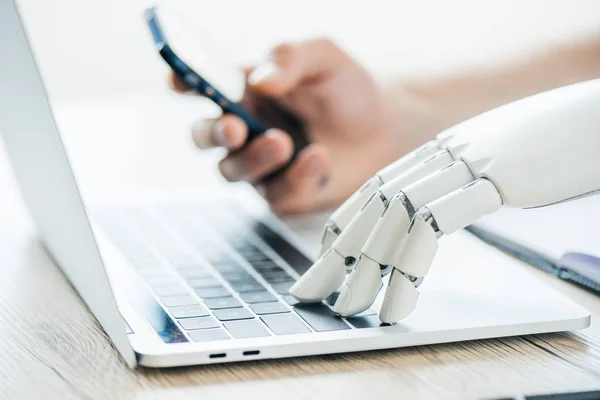
2. Technical Challenges: Hands, Power and Dexterity
Musk himself acknowledges the engineering hurdles. No robotic end effectors have yet bettered the 27 degrees of freedom in the human hand even advanced designs, such as Sanctuary AI’s hydraulic hands, cap out at 21. Current fine manipulation-tying shoelaces or peeling fruit, for example-is beyond them. Power systems further limit how long a robot can work most humanoids run for two to four hours before they must recharge, far short of the length of an industrial shift. For Optimus to achieve Musk’s dream of continuous operation, battery density, thermal management, and actuator efficiency will all have to improve.
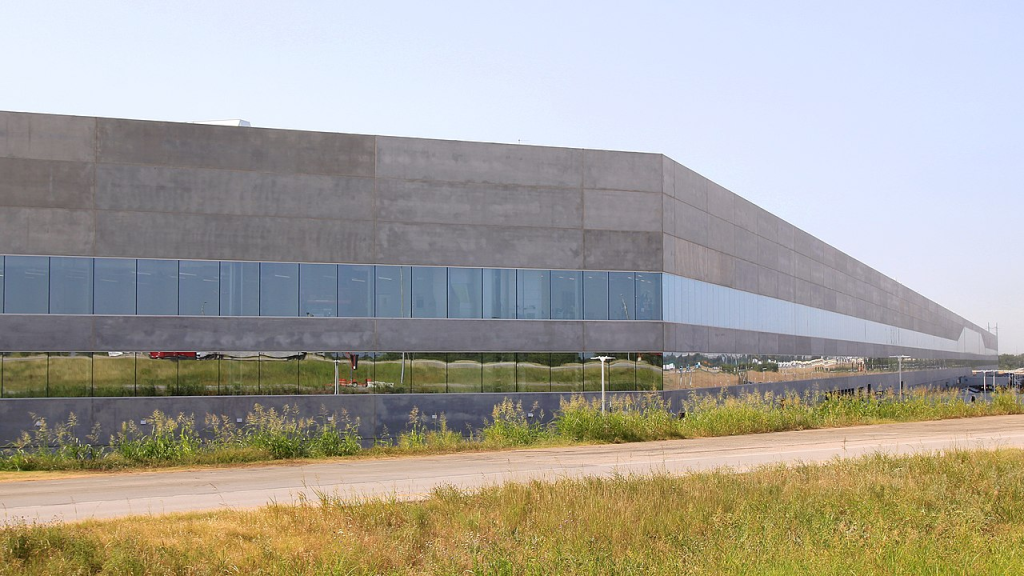
3. Scaling Production and Cost Targets
Selling a million Optimus units in a decade means Tesla will have to manufacture the robots on an industrial scale. Currently, humanoid production costs range from $30,000 to $150,000 per unit, and Musk is hoping to get to a retail price of $20,000–$30,000 when it reaches volume production. Supply chain bottlenecks, especially around high-precision actuators and planetary roller screws, could slow scaling. While industry peers like Agility Robotics are building facilities with annual capacities in the thousands, standardization and component consolidation remain prerequisites for mass adoption.
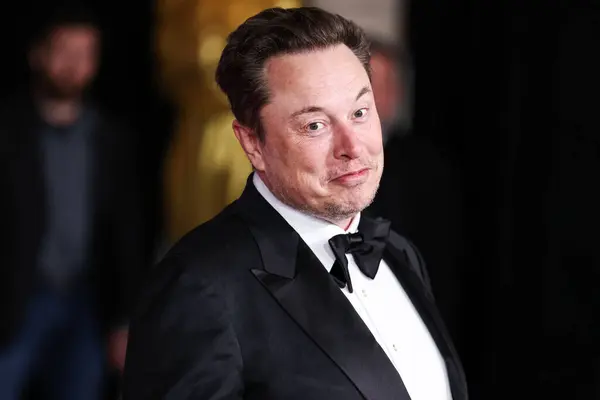
4. Economic Vision: From UBI to UHI
Musk’s “universal high income” goes beyond the subsistence safety net of universal basic income. Policy experts say that UHI is about shared AI-driven surplus so that all citizens share in the growth, not just get compensated for loss. With productivity driven by automation, such policies may be financed by mechanisms including automation taxes, data royalties, and platform fees. More than 160 UBI pilots across the world have evidenced remarkably consistent poverty reduction and wellbeing gains, but large-scale implementation clearly requires sustained revenue streams.

5. Funding Models and the Robot Tax
One such idea that is gaining traction-the “robot tax”-was first advocated by Bill Gates it levies a tax on companies who substitute human labor with automation. This option would link the economic gains from automation directly to social support mechanisms. Analyses of other possible financing options-such as modest increases in consumption tax, or land value taxation-could also fund the UBI/UHI, but the fiscal scale is daunting a poverty-ending UBI in the U.S. would cost roughly 3% of GDP annually, before scaling to “high income” levels.
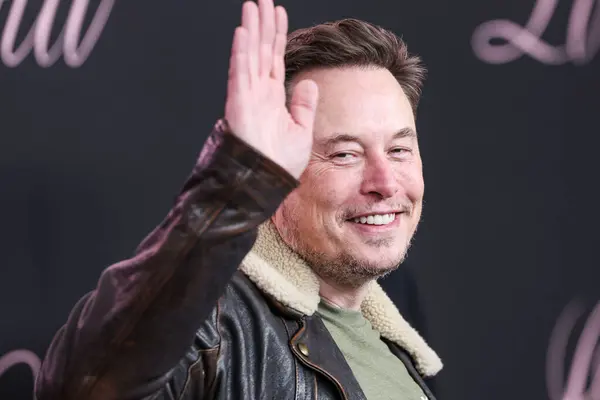
6. Societal Disruption and Symbolic Risks
Musk says the transition will bring “a lot of trauma and disruption.” Critics say that, without structural reforms, UHI risks symbolic violence in masking structural inequalities while AI is presented as universally beneficial. Concentrating productive AI in corporate hands risks making wealth gaps worse, putting the majority in a position of passive recipients rather than active participants in the AI economy. Equitable access to AI tools and its governance mechanisms are at least as important as income redistribution.
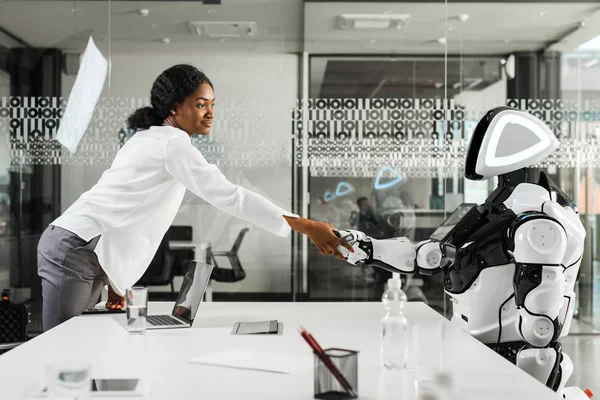
7. Market Potential and Adoption Timelines
Analysts estimate that, under a moderate progress scenario, the general-purpose robotics market could reach $370 billion by 2040, with China capturing half the value. The top use cases also align with the intended capabilities of Optimus warehouse logistics, light manufacturing, retail, agriculture, and healthcare. However, breakthroughs in foundational models trained with rich physical-interaction datasets, longer autonomous uptimes, cheaper and more robust manipulation, and cultural readiness for HRI are fairly critical for the wide adoption of these technologies.
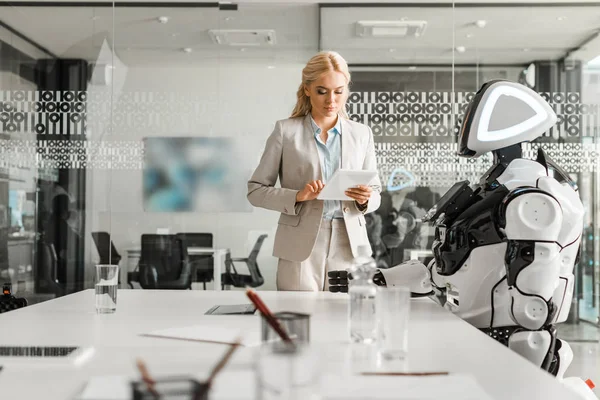
8. Criminal Justice and Non-Industrial Applications
Musk’s ambition does not stop at economics. He has thrown around the idea that Optimus might revolutionize criminal justice by monitoring individuals instead of imprisoning them-essentially, a mobile deterrent. While it’s technically feasible with sensor fusion and autonomous navigation, such applications open up a broader set of questions around surveillance, personal freedoms, and AI decision-making systems. 9. Getting Ready for the Post-Work Economy For companies and governments, preparation involves more than just buying robots. It means investment in reskilling the workforce, simulation environments, and AI integration capabilities. Watch for a set of indicators such as battery energy density, haptic sensor fidelity, and regulatory clarity.
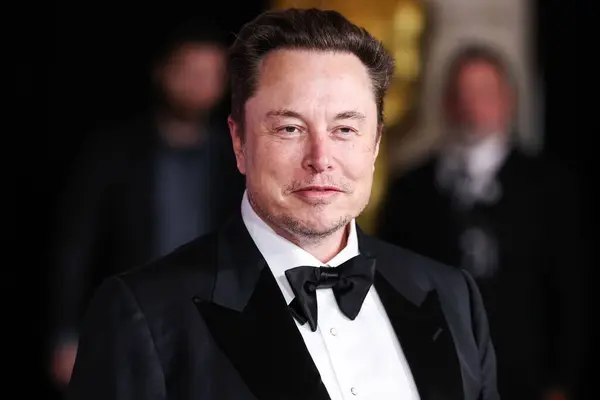
Early partnerships with robotics startups, standard-setting bodies, and component suppliers could determine long-term competitiveness in the Optimus era. Musk’s $1 trillion wager now depends on overcoming hard technology challenges amid unprecedented economic and social change. If Optimus can fulfill the promise of AI in corporeal form, then it may be the gateway to redefining productivity and prosperity. But the route from prototype to poverty elimination will be as complicated as the robot’s own dexterous hands.

